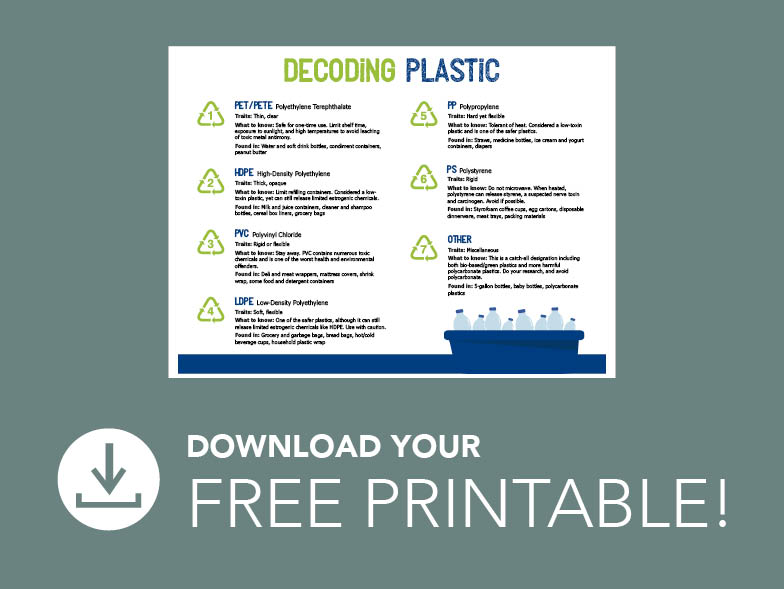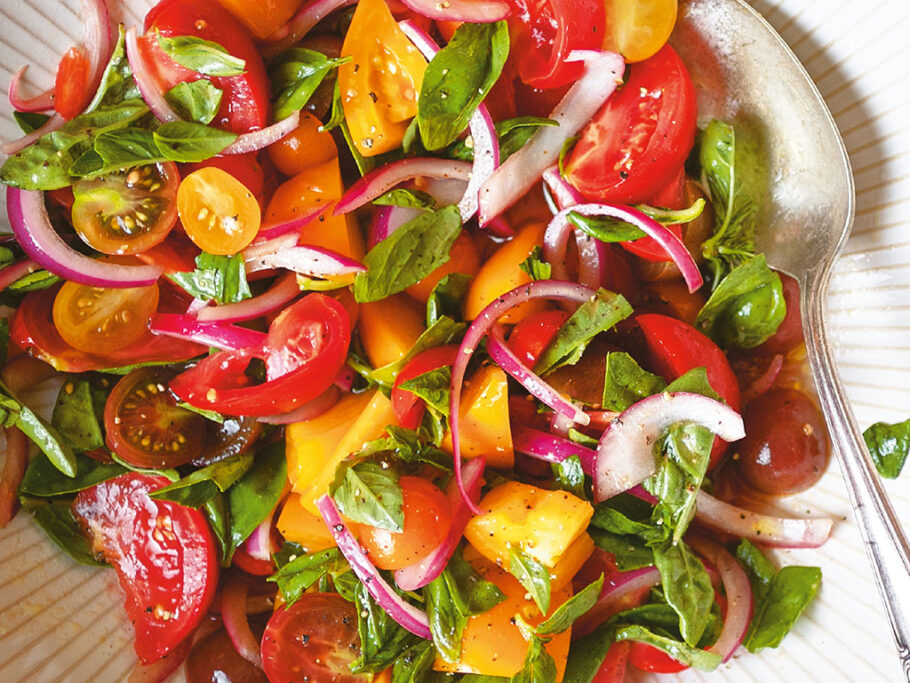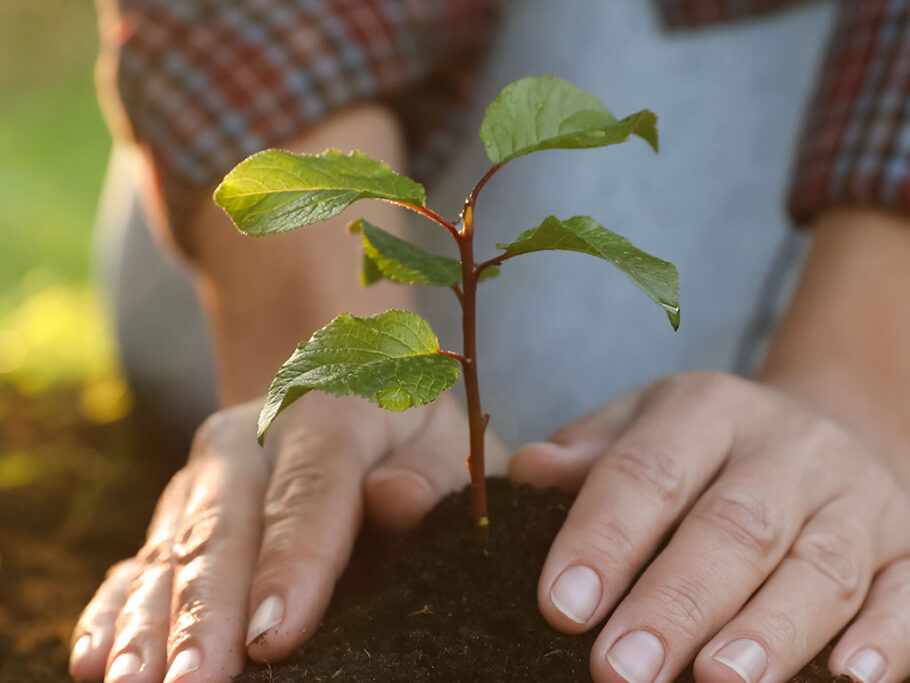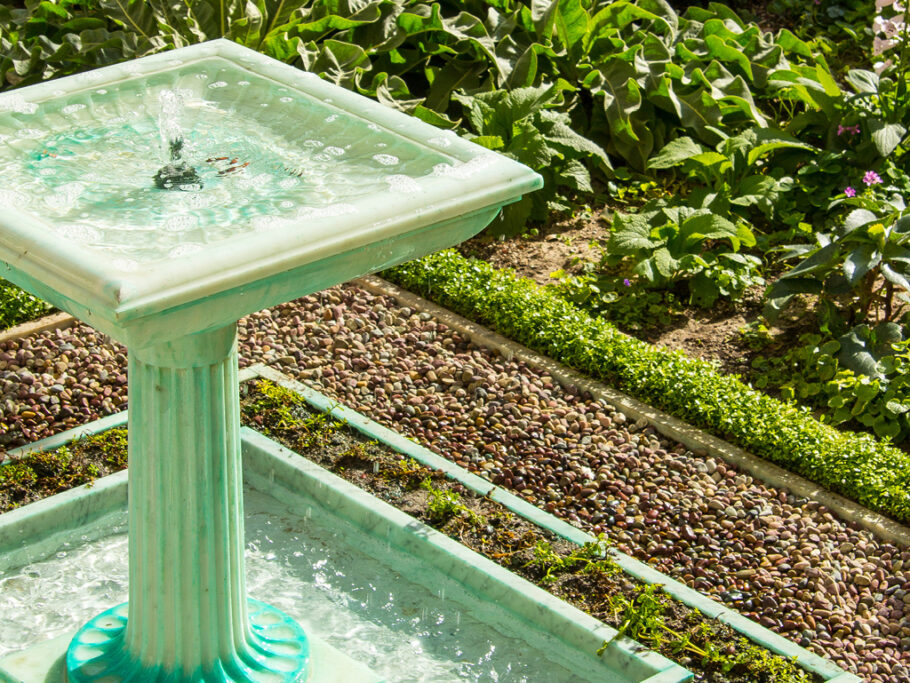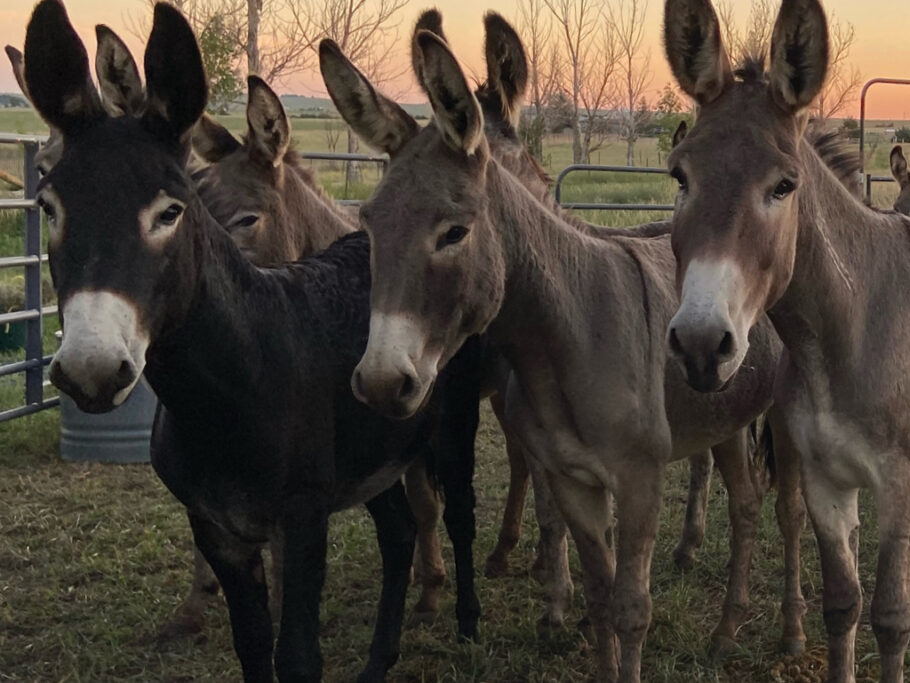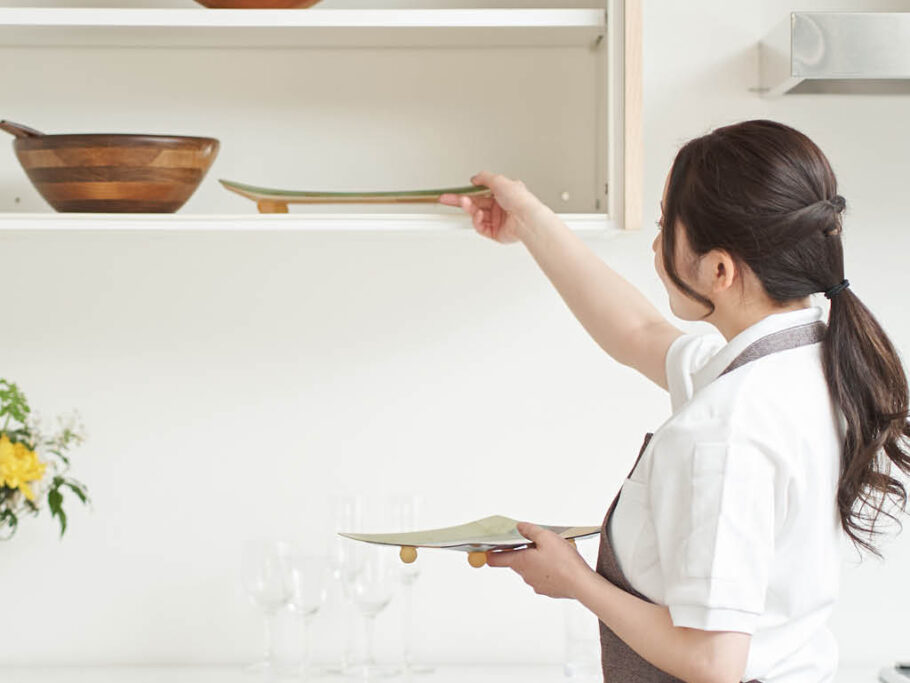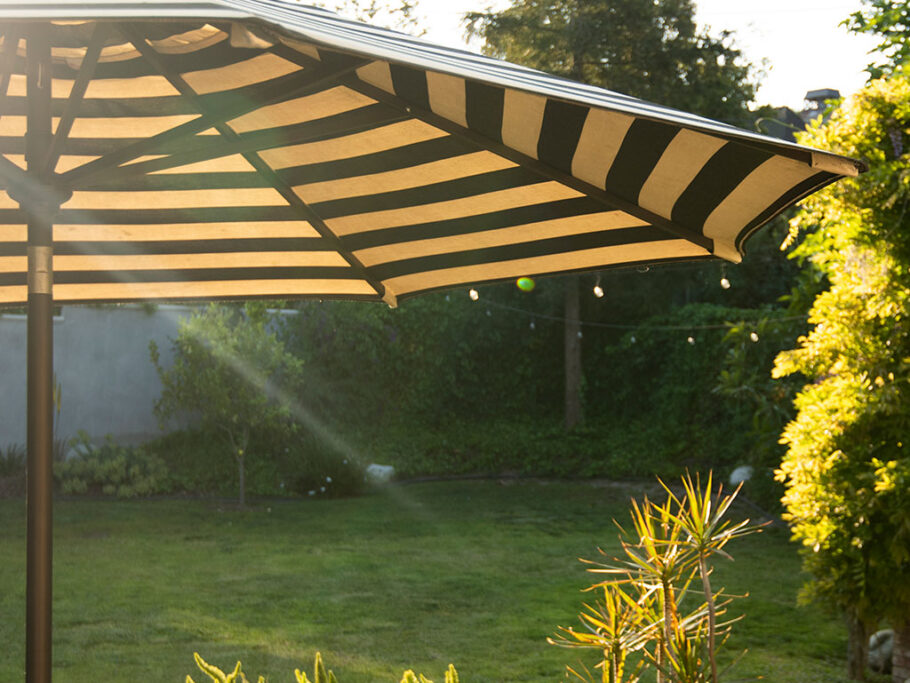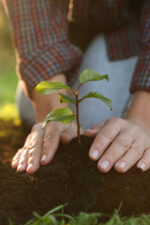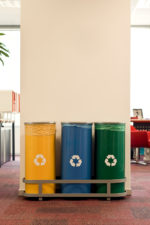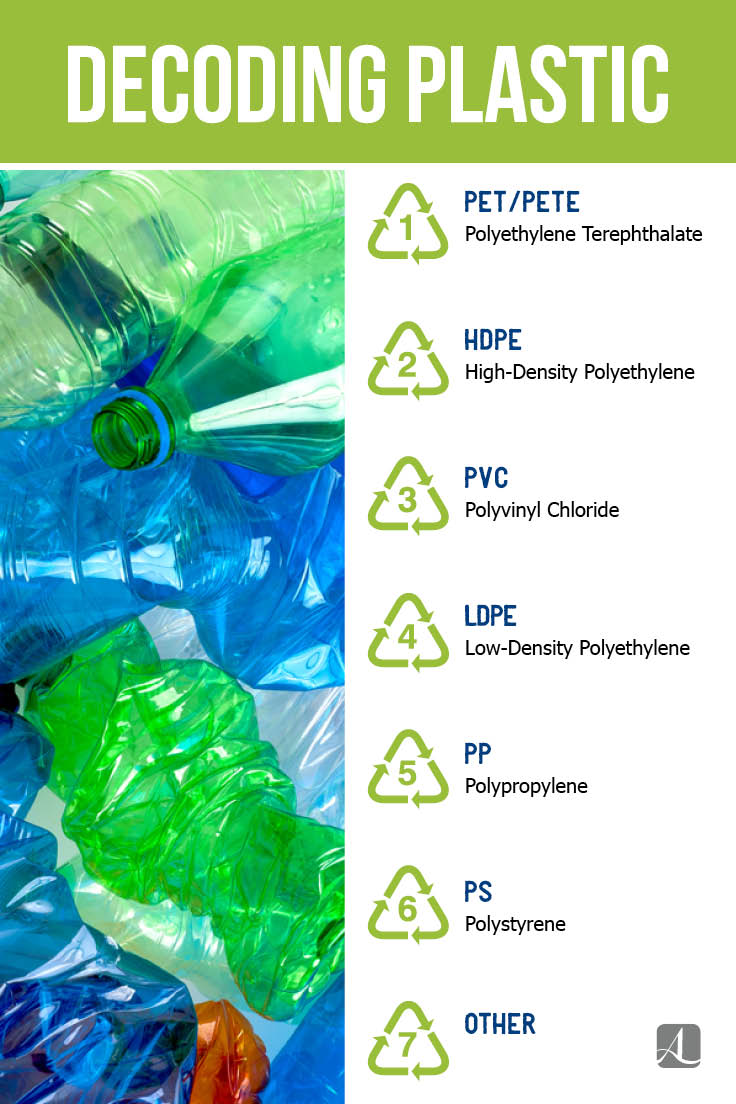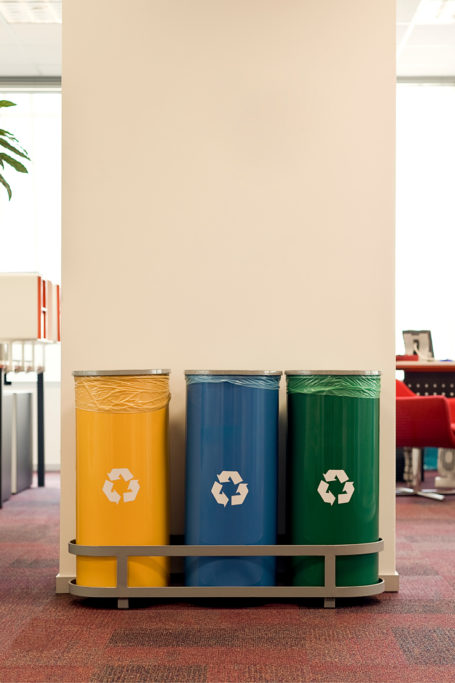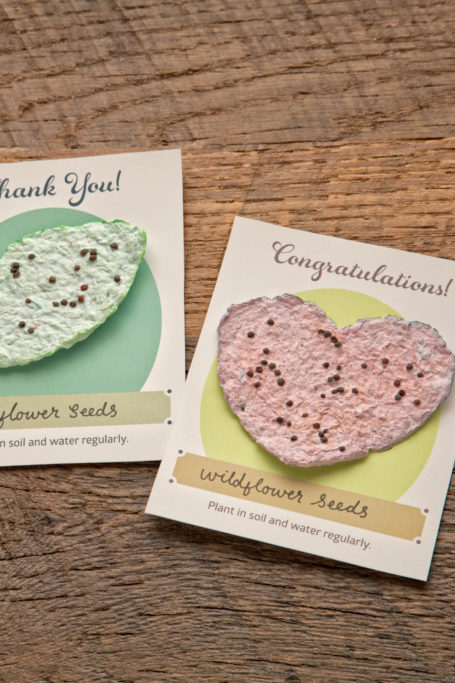Decoding the Mystery of Plastic: Which is Safest?
Plastic is everywhere. In fact, most people would agree plastic has become an almost unavoidable part of modern life. But, with all the plastic around us, how can we tell what is a “good” plastic—and, more importantly, what harmful plastics can leach chemicals into our food, drinks, and the environment?
The answer is simple. Take a look on the bottom of your plastic container, find the symbol, and keep reading below to decode the meaning. You may be surprised to learn some types of plastic are safer for you and your family than others!
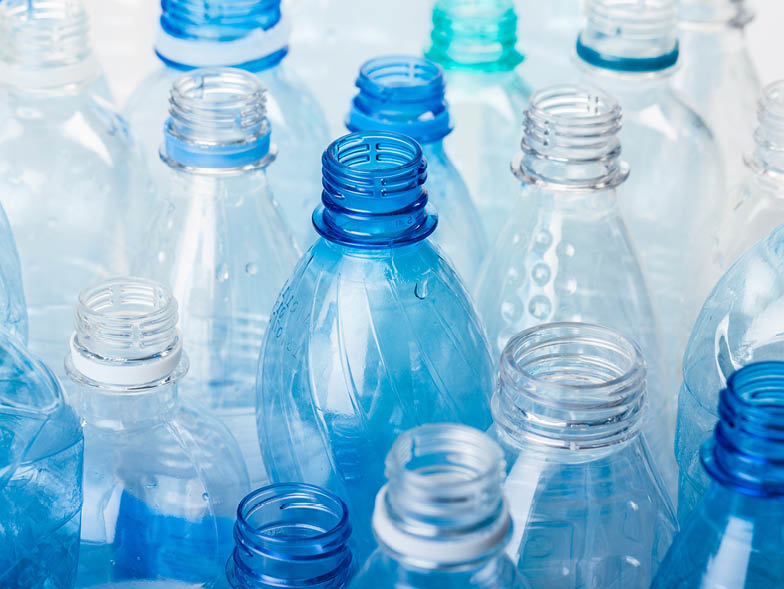
PET/PETE (Polyethylene Terephthalate)
PET/PETE is currently the most common type of plastic used. This type of plastic is safe for one-time use only. Usually found in water or soft drink bottles and condiment containers, experts recommend limiting shelf time, as well as exposure to sunlight and high temperatures to help reduce the risk of leaching of toxins. Polyethylene Terephthalate is also one of the most widely accepted plastics for recycling.
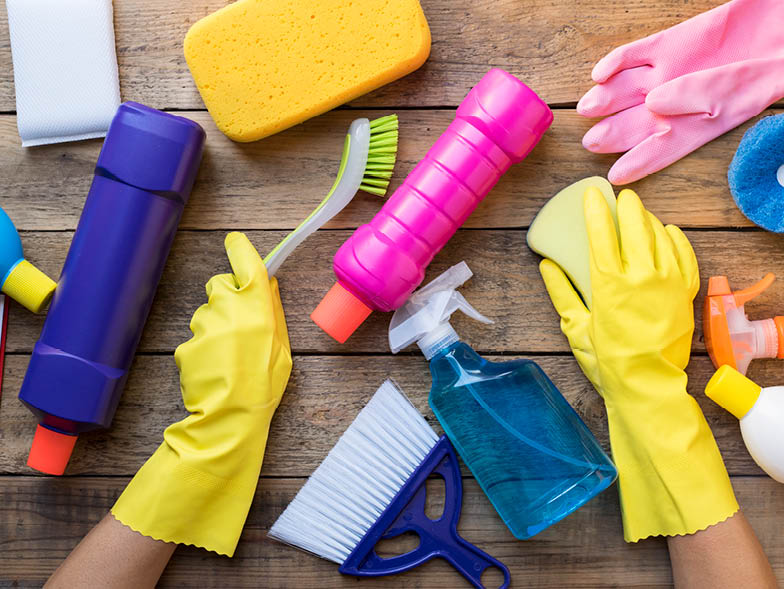
HDPE (High-Density Polyethylene)
This type of plastic is generally considered to be a low-toxin plastic—but it can still release limited estrogenic chemicals. It is most often found in milk and juice containers, personal care item bottles (shampoo, conditioner, body wash, etc), and grocery bags.
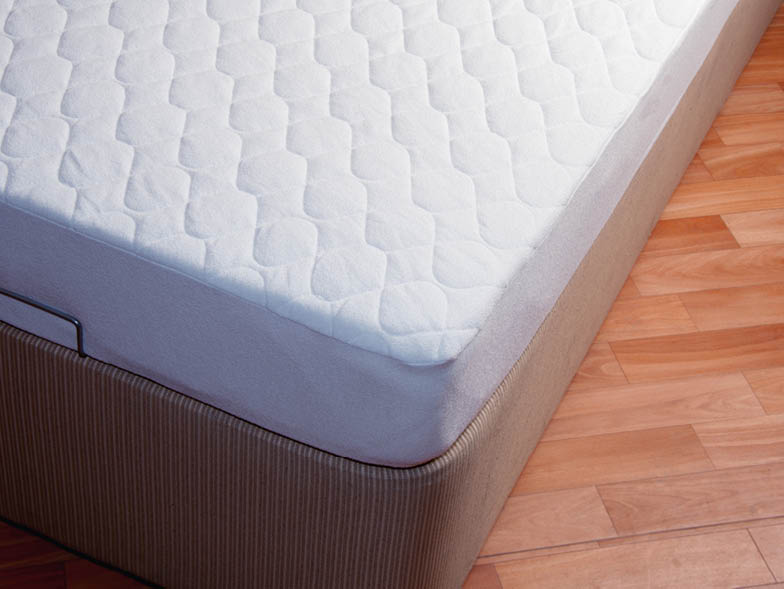
PVC (Polyvinyl Chloride)
Two words of advice? Stay away. Polyvinyl Chloride contains a number of toxic chemicals and is one of the worst health and environmental offenders. This type of plastic is found in deli and meat wrappers, mattress covers, and plastic “shrink” wrap. Consider purchasing packaged goods that use other types of plastic or even glass.
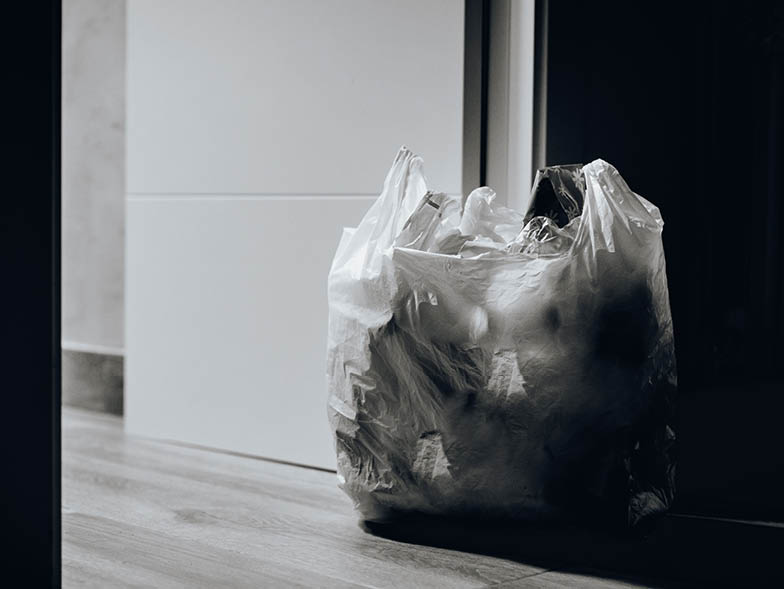
LDPE (Low-Density Polyethylene)
Similar to HDPE, this type of plastic is generally considered to be one of the safer types around, although it, too, can release limited estrogenic chemicals. This type of plastic is most often found in beverage cups, bread bags, and grocery or garbage bags.
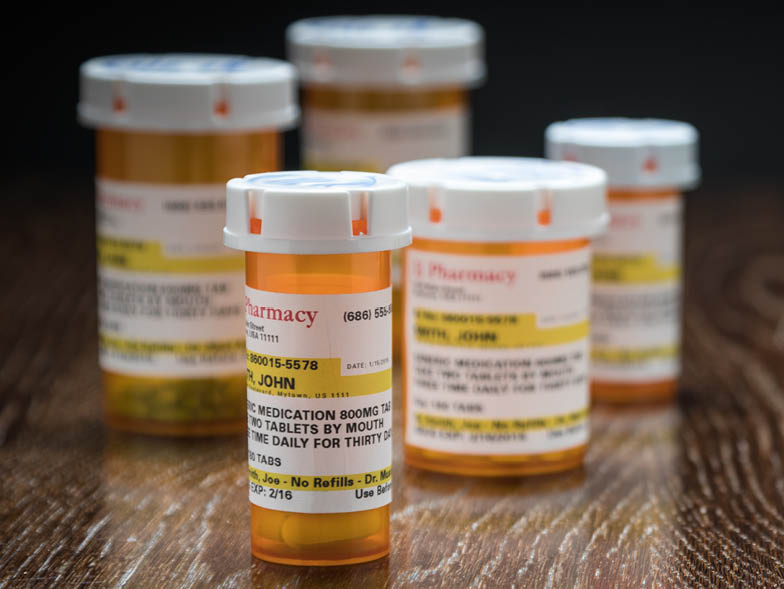
PP (Polypropylene)
This type of plastic is considered to be a low-toxin plastic, and is one of the safest plastics used today. Polypropylene is a hard, but flexible, plastic that tolerates heat well, which helps lend to its safety. PP is most often found in medicine bottles, straws, yogurt containers, and diapers.
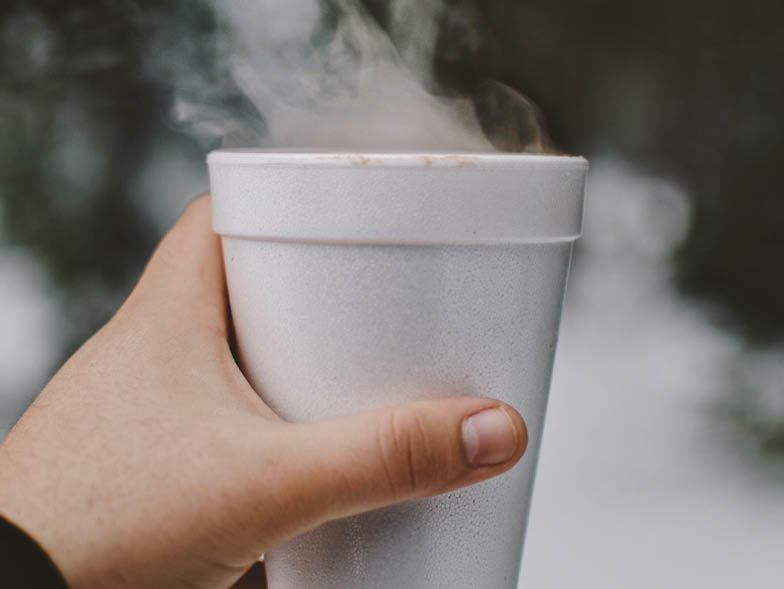
PS (Polystyrene)
Polystyrene (PS) is one of the most dangerous types of plastics and should be avoided, if at all possible. When PS is heated, it can release styrene, which is a suspected nerve toxin and carcinogen. Most often, PS is found in styrofoam cups, egg cartons, and packing materials. If you must use a container made of PS, avoid heating or filling with hot liquids, such as coffee.
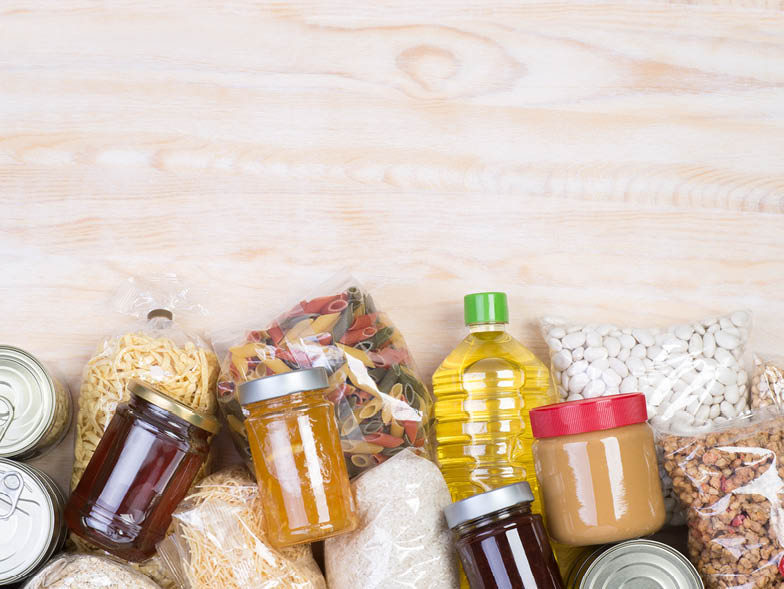
Other
Not surprisingly, “other” is somewhat of a catch-all designation, which includes both green or bio-based plastics, as well as other, more harmful, polycarbonate plastics. In order to avoid the potential dangers of harmful plastics, consider using glass containers, or only purchasing products made with plastics considered safer.
Be plastic smart
Even though some of these plastics are considered safer than other types, it is important to remember that any—and all—plastics pose a risk to the environment, if not discarded properly.
